#Tyler measom
Text
I WANT MY MTV:
Birth of a channel
Soundtrack for generations
Changing with the times
youtube
#i want my mtv#random richards#poem#haiku#poetry#haiku poem#poets on tumblr#haiku poetry#haiku form#poetic#documentary#mtv#Tyler measom#Patrick waldrop#John Paul Horstmann#tori amos#Jack antonoff#pat benatar#michael ian black#Todd Boyd#jerry cantrell#Adam curry#Susanne daniels#Fab 5 Freddy#Tom freston#magne furuholmen#Doug herzog#billy idol#tyler glenn#norman lear
1 note
·
View note
Text
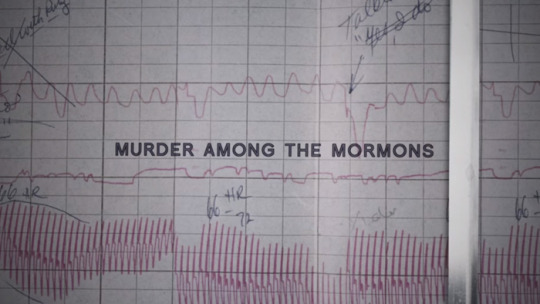
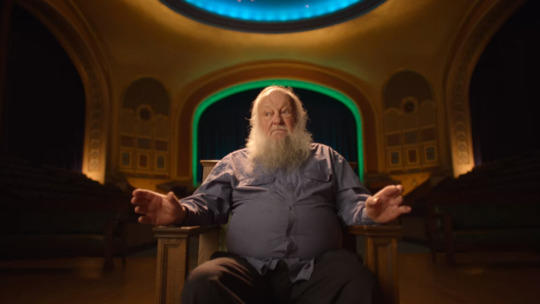




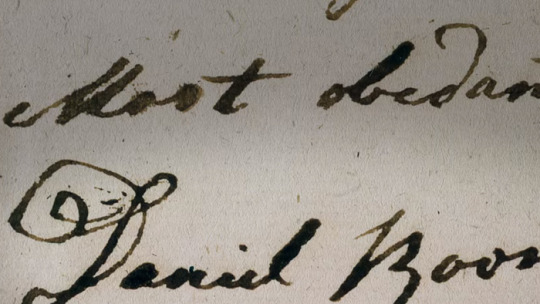


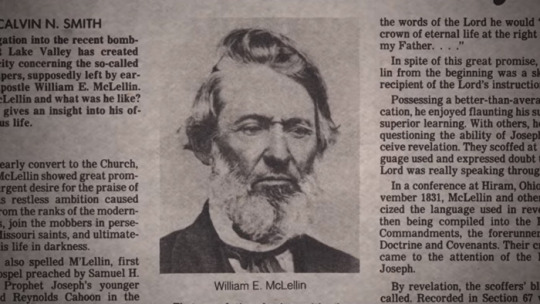
Murder Among the Mormons
Episode 1
Jared Hess, Tyler Measom
USA, 2021
#Murder Among the Mormons#Jared Hess#Tyler Measom#2021#netflix#documentary#docuseries#photoset#title card
5 notes
·
View notes
Photo
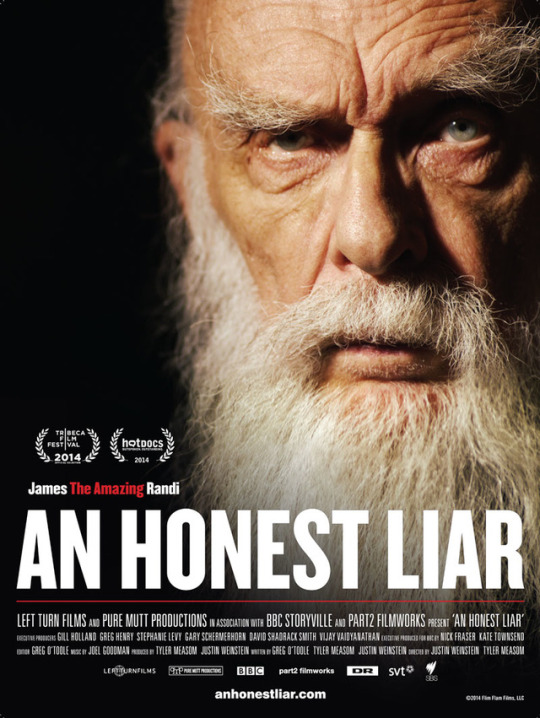
youtube
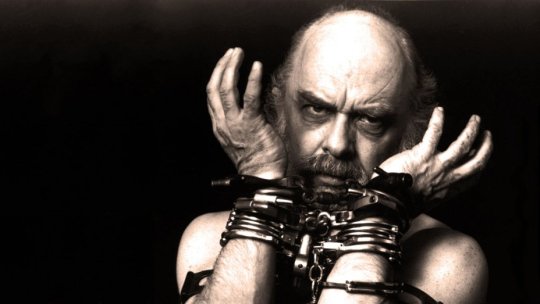
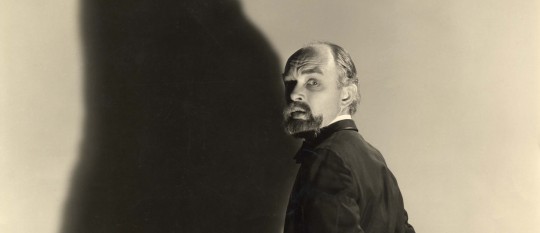

1 note
·
View note
Text
Tribeca Film Festival: I Want My MTV (2019) reviewed by Jonathan Berk
Tribeca Film Festival: I Want My MTV (2019) reviewed by Jonathan Berk
I was born in August of 1982, just one year after MTV debuted. I grew up on MTV, and I remember many of the network’s milestones just from being a young viewer. While I wasn’t aware of the network in its first few years, I was probably five or six when I started watching it regularly. Thus, when I saw I Want My MTV (2019) was on the Tribeca line-up, I knew I wasn’t going to miss it.
I Want My MTV…
View On WordPress
#2019#Documentary#Fab 5 Freddy#I Want My MTV#Jerry Cantrell#Must See#Tabitha Soren#Tegan and Sara#Tribeca Film Festival#Tyler Measom and Patrick Waldrop featuring Sting
1 note
·
View note
Text
Live on Clubhouse with Tyler Measom - Director of Netflix Series: Murder Among the Mormons

Come join us tonight at 5:30pm MST.
We have a special Clubhouse live with Tyler Measom, who is one of the Directors for Netflix Series: Murder Among the Mormons.
Follow us on Club ELEVATED.
Create The Future.
Learn more about STRT at STRT.com
#foundersfriday #STRT #STRTer #STRTerStory #news #coworking #coliving #startups #entrepreneurs #startupventures #utah #saltlakecity #creators #saltlakecitycreatives #saltlakecitystartups
0 notes
Text
Netflix's 'Murder Among the Mormons' is an explosive whodunit
A Murder Among the welikebet Mormons is indeed something that happens in Netflix’s new true crime docuseries — but, wow, does that undersell the story it tells.In this whiplash-inducing three-parter, directors Jared Hess and Tyler Measom cover the 1985 Salt Lake City bombings. It's the latest case to join Netflix's growing catalogue of crimes revisited, but it's considerably less well-known than, say, the notorious killings of Night Stalker: The Hunt for a Serial Killer or the mysterious 2013 death of Elisa Lam in Crime Scene: Vanishing at the Cecil Hotel.
0 notes
Text
'Murder Among the Mormons': TV Review
‘Murder Among the Mormons’: TV Review
Jared Hess and Tyler Measom’s Netflix docuseries explores the 1985 bombings that shocked Salt Lake City and the LDS Church.
View On WordPress
0 notes
Text
Netflix MURDER AMONG THE MORMONS Docu Series Official Trailer
Netflix MURDER AMONG THE MORMONS Docu Series Official Trailer
#Netflix has released this official trailer for “Murder Among the Mormons” which is the first comprehensive look at one of the most shocking crimes to have ever taken place among the Mormon community and the criminal mastermind behind it all.The three-part documentary series directed by Jared Hess (Napoleon Dynamite) and Tyler Measom (An Honest Liar), examines a trio of bombings in 1985 that…
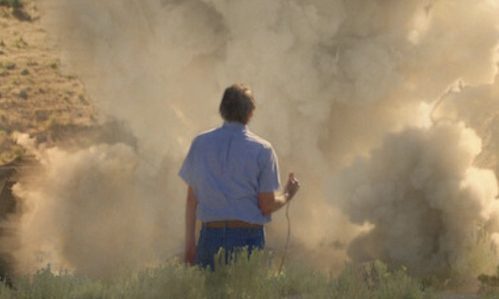
View On WordPress
0 notes
Photo
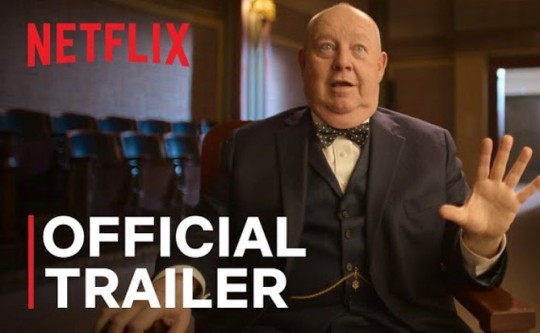
Your next true crime netflix binge arrives this March! Murder Among the Mormons is the first comprehensive look at one of the most shocking crimes to have ever taken place among the Mormon community and the criminal mastermind behind it all.The three-part documentary series directed by Jared Hess (Napoleon Dynamite) and Tyler Measom (An Honest Liar), examines a trio of bombings in 1985 that killed two people and shocked Salt Lake City.The murders send further shockwaves through the community when a trove of early Mormon letters and diaries are found destroyed in the vehicle of the third victim, a renowned collector of rare documents, including the infamous White Salamander Letter — an artifact whose contents threatened to shake the very foundations of Mormonism. As he fights for his life, investigators race to uncover the truth. @hipsterexp #murderamongthemormons #netflix https://www.instagram.com/p/CLpbt3JD1dF/?igshid=10ahy8ip0a6sk
0 notes
Link
James Randi, Magician Who Debunked Paranormal Claims, Dies at 92
Known professionally as the Amazing Randi, he dedicated his life to exposing seers who did not see, healers who did not heal and many others.
By Margalit Fox
Oct. 21, 2020
James Randi, a MacArthur award-winning magician who turned his formidable savvy to investigating claims of spoon bending, mind reading, fortunetelling, ghost whispering, water dowsing, faith healing, U.F.O. spotting and sundry varieties of bamboozlement, bunco, chicanery, flimflam, flummery, humbuggery, mountebankery, pettifoggery and out-and-out quacksalvery, as he quite often saw fit to call them, died on Tuesday at his home in Plantation, Fla. He was 92.
His death was announced by the James Randi Educational Foundation.
At once elfin and Mephistophelian, with a bushy white beard and piercing eyes, Mr. Randi — known professionally as the Amazing Randi — was a father of the modern skeptical movement. Much as the biologist and author Thomas Henry Huxley had done in the late 19th century (though with markedly more pizazz), he made it his mission to bring the world of scientific rationalism to laypeople.
What roiled his blood, and was the driving impetus of his existence, Mr. Randi often said, was pseudoscience, in all its immoral irrationality.
“People who are stealing money from the public, cheating them and misinforming them — that’s the kind of thing that I’ve been fighting all my life,” he said in the 2014 documentary “An Honest Liar,” directed by Tyler Measom and Justin Weinstein. “Magicians are the most honest people in the world: They tell you they’re going to fool you, and then they do it.”
Mr. Randi began his career in the late 1940s as an illusionist and escape artist. On one occasion he extricated himself from a straitjacket while dangling upside down over Niagara Falls; on another, after almost an hour, from within a vast block of ice (“a cinch,” he later said); and on a third from still another straitjacket, this one suspended over Broadway, where he hung, as The New York Herald Tribune reported, like “a great dead tuna.”
“I wanted to break his records,” Mr. Randi said in the film, invoking the master, Houdini. “I wanted to stay in a sealed metal coffin longer than he did, get out of a straitjacket faster than he did, under chains, out of leg irons, out of handcuffs.”
But in later years, Mr. Randi was not so much an illusionist as a disillusionist. Using a singular combination of reason, showmanship, constitutional cantankerousness and a profound knowledge of the weapons in the modern magician’s arsenal, he traveled the country exposing seers who did not see, healers who did not heal and many others.
Their methods, he often said, were available to any halfway adept student of conjuring — and ought to have been transparent to earlier investigators, who were sometimes taken in.
“These things used to be on the back of cornflakes boxes,” Mr. Randi, his voice italic with derision, once told the television interviewer Larry King. “But apparently some scientists either don’t eat cornflakes, or they don’t read the back of the box.”
The recipient of a MacArthur “genius” grant in 1986, Mr. Randi lectured worldwide and appeared often on television; he was a particular favorite of Johnny Carson and, more recently, Penn and Teller.
He wrote many books, among them “Flim Flam! The Truth About Unicorns, Parapsychology, and Other Delusions” (1980); “The Faith Healers” (1987); and “An Encyclopedia of Claims, Frauds, and Hoaxes of the Occult and Supernatural” (1995).
In 1976, with the astronomer Carl Sagan, the writer Isaac Asimov and others, Mr. Randi founded what is now the Committee for Skeptical Inquiry. Based in Amherst, N.Y., the organization promotes the scientific investigation of claims of the paranormal and publishes the magazine Skeptical Inquirer.
Though he was often called a debunker, Mr. Randi preferred the terms “skeptic” or “investigator.”
“I never want to be referred to as a debunker,” he told The Orlando Sentinel in 1991, “because that implies someone who says, ‘This isn’t so, and I’m going to prove it.’ I don’t go in with that attitude. I’m an investigator. I only expect to show that something is not likely.”
In the course of his career, he investigated more than 100 people, including, memorably, Peter Popoff, a well-heeled self-described faith healer whom he exposed on “The Tonight Show.” Mr. Randi was also known for his decades-long sparring match with Uri Geller, the professed mentalist known for his serial abuse of flatware.
Through the James Randi Educational Foundation, Mr. Randi sponsored the Million Dollar Challenge, a contest offering $1 million to the person who, following rigorous scientific protocols, could demonstrate evidence of a paranormal, supernatural or occult phenomenon. Though the challenge attracted more than a thousand aspirants, the prize remained unclaimed on Mr. Randi’s retirement from the foundation in 2015.
Mr. Randi was all but born skeptical. He entered an irrational world, in Toronto, as Randall James Zwinge on Aug. 7, 1928, one of three children of Marie (Paradis) and George Zwinge.
Attending Sunday school as a boy, he was moved often to inquiry.
“They started to read to me from the Bible,” Mr. Randi recalled in 2016. “And I interrupted and said: ‘Excuse me, how do you know that’s true? It sounds strange.’”
In his regular classes, he proved such a gifted student that the local school system soon threw up its hands and let him attend only to take exams. He had the run of the city, and by the time he was 12, after seeing a performance there by the great American stage magician Harry Blackstone Sr., he had found his calling.
At 15, young Randall got his first taste of debunking and its discontents. Hearing of a local preacher who professed to read minds, he attended a service. He saw immediately that the preacher was using a time-honored mentalists’ trick, called the “one ahead,” in which a performer appears to divine the contents of sealed envelopes that he has previously opened and read.
When Randall stood up and exposed the fraud, congregants called the police; he spent several hours in jail before his father came to collect him. It would be the last time a jail cell could hold him, and the first time he became attuned to people’s astonishing willingness to be deceived.
At 17, bored, he dropped out of school altogether. He joined a traveling carnival as a mentalist but soon became an escape artist. After he sprang himself from a Quebec jail cell, a local newspaper christened him “L’Étonnant Randi” — the Amazing Randi. The name stuck.
For a time in the early 1970s, Mr. Randi toured with the rock star Alice Cooper, decapitating him nightly with a trick guillotine.
The Year’s ObituariesRemembering Ruth Bader Ginsburg, John Lewis, Kobe Bryant, Chadwick Boseman, Kirk Douglas, Little Richard, Mary Higgins Clark and many others who died this year.
He continued his escape acts until he was well into his 50s. But one day, as he rehearsed a television show for which he had been sealed and shackled in an outsize milk can, something went awry.
The lid of the can jammed, trapping Mr. Randi inside. There was little air. Shifting within his scant confines, he heard two of his vertebrae snap.
“I was in deep trouble,” he recalled in the documentary. “I knew that if I panicked, I would be dead — that’s all there is to it.”
At long last, he heard the locks on the can being undone and the lid pried open. He decided it was time to forsake escapism.
“There comes a point,” Mr. Randi said, “where you just don’t want to see a little old guy getting out of a can.”
At 60, he retired from stage magic entirely. By then he had built a parallel career investigating claims of the paranormal, much as Houdini had done.
One of Mr. Randi’s most celebrated investigations was that of Mr. Popoff. A California preacher who professed to heal the sick, Mr. Popoff had a wide following on television and radio. He drew large crowds at revival meetings around the country, at which he called upon audience members by name and correctly identified their afflictions. In 1986, The Los Angeles Times reported, his average gross income was $550,000 a month.
That year, Mr. Randi planted an accomplice with a radio scanner and a tape recorder at one of Mr. Popoff’s public meetings. The scanner picked up Mr. Popoff’s wife relaying information previously gleaned about audience members into a small receiver hidden in his ear.
“Popoff says God tells him these things,” Mr. Randi told U.S. News & World Report in 2002. “Maybe he does. But I didn’t realize God used a frequency of 39.17 megahertz and had a voice exactly like Elizabeth Popoff’s.”
Footage of Mr. Popoff’s service, with the audio of Ms. Popoff’s voice superimposed, was broadcast on “The Tonight Show.” Mr. Popoff ceased operations in 1987, though he later resumed them.
Though his pursuit of Mr. Popoff was a consuming passion, Mr. Randi’s white whale was indisputably Mr. Geller, who had been famed since the 1970s for feats like bending keys and spoons, which he said he accomplished by telepathy.
Not so, said Mr. Randi, who explained that these were ordinary amusements, done by covertly bending the objects in advance.
In 1973, Mr. Geller made a disastrous appearance on “The Tonight Show” in which he was unable to summon his accustomed powers: On Mr. Randi’s advice, the show’s producers had supplied their own props and made sure Mr. Geller had no access to them beforehand.
Mr. Geller’s popularity continued undimmed, however, prompting Mr. Randi to write an exposé, “The Magic of Uri Geller” (1975), republished in 1982 as “The Truth About Uri Geller.”
“Randi is my best unpaid publicist,” Mr. Geller told New Times Broward-Palm Beach, an alternative weekly newspaper, in 2009.
Over the years, Mr. Randi managed to antagonize many, and not merely the targets of his investigations. He cast a wide condemnatory net, speaking out against alternative medicine, chiropractic and religion itself, which he called “the biggest scam of them all.”
His investigative methods were sometimes called deceptive. In one highly publicized stunt intended to show the gullibility of the news media, he had a young associate — his life partner, then known as José Alvarez — pose as a spirit medium named Carlos.
On a tour of Australia in 1988, “Carlos” drew hordes of worshipful followers, and the uncritical attention of many journalists, as he pretended to channel long-dead spirits. When Mr. Randi revealed the ruse, it drew those journalists’ ire.
Mr. Alvarez made headlines again in 2011 when he was arrested by federal authorities at the couple’s home in Plantation and charged with passport fraud and identity theft. Mr. Alvarez, an artist whose original name was Deyvi Orangel Peña Arteaga, said that he had fled his native Venezuela as a young man to escape antigay death threats.
He had reached the United States on a student visa. After it expired, Mr. Peña assumed the identity of a Puerto Rican man whom he erroneously believed to be dead.
For observers of Mr. Randi’s career, the inevitable question was whether the great deflator of deception had himself been deceived.
“I know who he is, and I know what he is as well,” Mr. Randi said in the 2014 documentary. “He’s my partner, and he’s very, very important to me.”
Mr. Peña, who spent six weeks in jail and faced deportation, later pleaded guilty to a single count of passport fraud.
Over the years, Mr. Randi was the subject of a string of defamation suits, including several by Mr. Geller. Though a Japanese court once ordered him to pay Mr. Geller about $2,000, Mr. Randi said he had never paid a cent to anyone who sued him.
In scientific circles, he remained a revered figure to the end. Among his many honors, he had a minor planet named for him, Asteroid 3163 Randi, discovered in 1981.
Mr. Randi resided for many years in Rumson, N.J., in a house equipped with secret staircases, a talking door knocker and clocks that ran backward. He had lived in Florida since the 1980s.
His survivors include Mr. Peña, whom he married in 2013, as well as a sister, Angela Easton, and a brother, Paul Zwinge, Mr. Peña said.
Though he remained a dyed-in-the-wool rationalist to the last, Mr. Randi did have a contingency plan for the hereafter, as he told New Times in 2009. “I want to be cremated,” he said. “And I want my ashes blown in Uri Geller’s eyes.”
Michael Levenson contributed reporting.
Margalit Fox is a former senior writer on the obituaries desk at The Times. She was previously an editor at the Book Review. She has written the send-offs of some of the best-known cultural figures of our era, including Betty Friedan, Maya Angelou and Seamus Heaney.
A version of this article appears in print on Oct. 23, 2020, Section B, Page 12 of the New York edition with the headline: James Randi, Magician Who Debunked Paranormal Claims, Dies at 92.
Order Reprints
|
Today’s Paper
|
Subscribe
0 notes
Text
19th century popular entertainment, teetering as it often did on the line between the socially acceptable and the suspect, needed a way to reassure audiences that it was aboveboard. While a larger establishment, like Barnum’s travelling exhibits or his museum, might do so by careful wording of playbills or rules for audience members, smaller, often independent performers like magicians needed another way. In an effort to create what scholar Tim Cook refers to as ‘modern magic’, a new breed of magic distanced from both true, potentially blasphemous, sorcery and dangerous scams, many 19th century magicians “[adopted]...Enlightenment rhetoric, ideals, and personas” (Cook 178). Their performances, far from being scams, were intended to teach the audience to guard against deception, appealing to Enlightenment ideals of reason. They eschewed grand robes or any such nonsense in favor of standard formalwear. Cook observes that, in addition to reassuring audiences, this transition was made necessary by an “erosion of faith in supernatural agency” (Cook 178).
This observation begs a question: If 19th century magicians had to adopt Enlightenment ideals to survive amid a burgeoning culture of reason and technological development, how is it that in the 21st century, an age of culture largely dependent upon reason and even more wondrous technology, we have any magicians at all? I posit that the 21st century magician, like his 19th century colleague, has co-opted a dominant philosophical movement to survive. Rather than an Enlightenment man, the 21st century magician is a postmodernist. At first glance, this may seem a ridiculous label to apply to a magician. Postmodernism, after all, rejects dominant notions of art and whimsy, along with the ideals of reason which were so important to 19th century magicians. To clarify this position, we will examine a rhetorical framework for looking at magic through a postmodern lens proposed by Dr. Joseph Zompetti and Elizabeth Miller. Zompetti and Miller borrow philosopher Jean-François Lyotard’s definition of postmodernism as “incredulity toward metanarratives” (Lyotard, qtd. Zompetti et al 6).
On this basis, they propose that the postmodern magician disrupts societal narratives about magic in three main ways: Through satire, through irony, and through revealing the mechanisms behind their tricks. Their examination of postmodern magic focuses wholly on famous magical duo Penn and Teller, who are perhaps best known for their satirical takes on classic tricks, but they don’t have a monopoly on satirical elements. Retired magician James Randi, who made a name for himself by appearing after supposed mentalist Uri Geller and performing the same tricks that Geller claimed to perform with his mind, would often poke fun at Geller by doing things like replacing his key magical phrase with the word ‘broccoli’. In doing so, he subverts a metanarrative which would have the audience expect stage magic to require tools like magic words, or indeed like extrasensory abilities, in order to work.
Irony and satire often go hand in hand, and Randi certainly uses irony in his quest to undermine magicians he views as frauds, but some magic performances are conceived as ironic from the beginning. Magician Ricky Jay, for example, sometimes discards the expected routine of fast talking about the wonders of a card trick in favor of simply demonstrating different ways of performing it— as in his trick “Four Queens, Three Ways” (Rowan Manahan). In this way, though he doesn’t outright reveal the trick, he shifts the performance more firmly into the realm of reality, where the viewer can simply examine some interesting techniques, rather than the realm of fantasy which a postmodern society finds so suspicious. As with Randi’s lack of magic words, it subverts a common metanarrative about what a magic show should look like, the state of mind it should require.
The final trait of a postmodern magician observed by Zompetti and Miller is that they reveal the mechanisms behind their tricks. They take this to rather an extreme by saying that any magician who does not reveal every aspect of a trick, instead challenging the viewer to figure it out, “[underestimates] the intelligence of their audience” and “detract from the magic of the experience” (Zompetti et al 9). This would seem to be contradicted by the immense popularity of magicians like David Blaine, who peppers his aptly named “Cell Phone Trick” with reassurances that he hasn’t spoken to his subject’s friends, practically daring her to figure out how he actually did get his information (MAGIQUE). Ricky Jay, also, often performs for audiences who already know how his tricks are done— they seem no less enraptured for it.
Zompetti and Miller’s other point about magicians who don’t fully reveal their methods, however, is much stronger. They assert that “The metanarrative of magic is tied up with the notion of control.” (Zompetti et al 10). Further, they argue that this control over an audience member, a sort of anxiety, is created when the magician conceals their methods. James Randi, although he does not always create such complete reveals as Penn and Teller, also believes that magicians can hold this sort of power, and that it’s dangerous— hence why he followed Uri Geller around the country repeating his tricks. He believes that magic should be used to “teach [people] a lesson, better their knowledge of how the world works.” (An Honest Liar) Geller, by falsely claiming to possess genuine psychic powers and even tricking scientists, was in fact worsening people’s understanding of how the world works. Like Penn and Teller, Randi finds the metanarrative of power within magic a danger worth disarming.
Thus, using a range of examples, we’ve been able to demonstrate that the present-day magician is as much a product of Postmodernist rhetoric as his 19th century cousin is a result of the Enlightenment. The 21st century magician largely seeks to deconstruct metanarrative, while the 19th century ‘modern magician’ seeks to build narratives of reason. Ultimately, however, they haven’t diverged entirely— the 21st century magician still seems to have a use for reason when it comes to disarming unethical magicians, much like the 19th century magician sought to ward off the charlatan.
An Honest Liar. Directed by Justin Weinstein and Tyler Measom, Abramorama, 2014.
“illusionist David Blaine FREAKS Margot Robbie out!” YouTube. Uploaded by MAGIQUE, 16th November 2016, https://www.youtube.com/watch?v=3QdhptKBRU0&feature=youtu.be
Miller, Liz, and Joseph P. Zompetti. “After the Prestige: A Postmodern Analysis of Penn and Teller.” Journal of Performance Magic, vol. 3, no. 1, 2015, pp. 3–24., doi:10.5920/jpm.2015.313.
“Ricky Jay: 4 Queens 3 Ways.” YouTube. Uploaded by Rowan Manahan, 14th February 2008, https://www.youtube.com/watch?v=JNUepjt6QmI&feature=youtu.be
0 notes
Photo
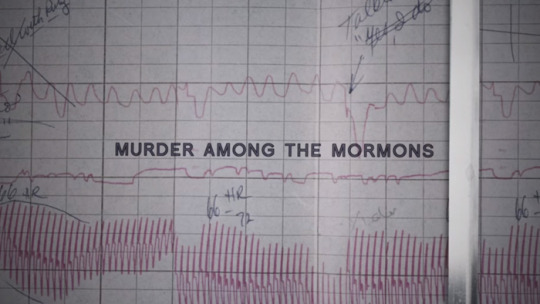

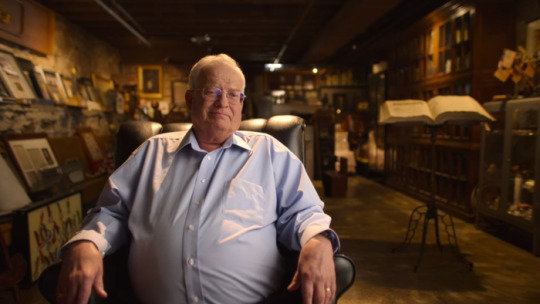
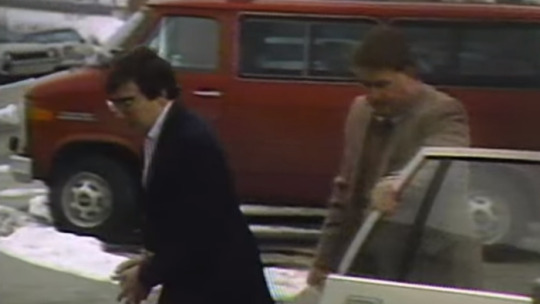



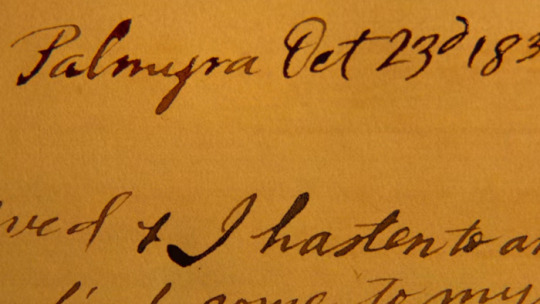
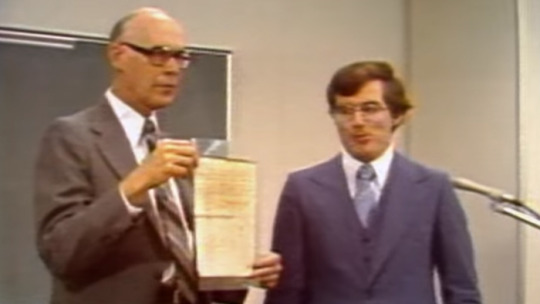
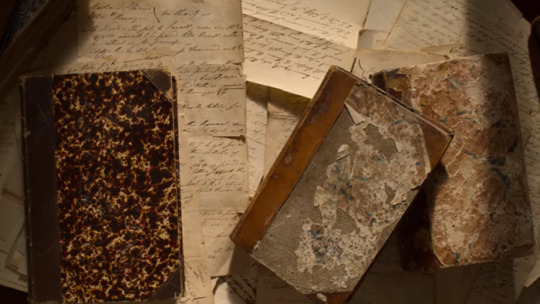
Murder Among the Mormons
Episode 3
Jared Hess, Tyler Measom
USA, 2021
#Murder Among the Mormons#Jared Hess#Tyler Measom#2021#netflix#documentary#docuseries#photoset#title card
1 note
·
View note
Photo
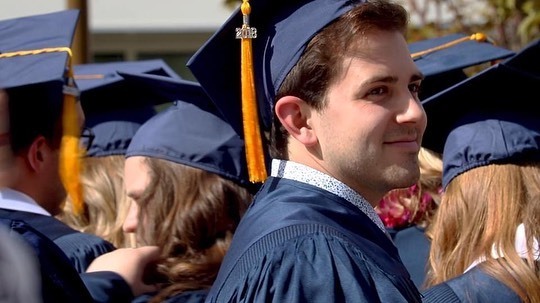
We are so honored to have premiered at the Utah Film Center's #DamnTheseHeels Film Festival. They really came through and provided us with as special of an exhibiting experience as possible, even during #COVID. Utah is lucky to have such talented folks at such an incredible arts facility! Thank you as well to everyone who watched the film and reached out to us. We are beyond thrilled to hear that it is affecting so many people. We've loved hearing about your personal experiences at BYU, your success stories, your trials, and how watching this film moved you. We sincerely hope that these conversations continue! Special thank you to Davey Davis, Sarah Mohr, Patrick Hubley, Holly Tuckett, Tyler Measom, Adam White, Don and Debra Oaks Coe, and all our friends and family that helped make this event so special. We love you all! More information on future distribution to come. Stay tuned. In the meantime, check out The OUT Foundation to learn how to support the #queer students who are still at #BYU. ❤️ #SSAmovie #latterdaylesbianpodcast Usga #UtahIsRad #mormonstories #lds #lgbt #gay #mormon #film (at Salt Lake County, Utah) https://www.instagram.com/p/CC32hcjg1MC/?igshid=37qe1541nhhu
#damntheseheels#covid#queer#byu#ssamovie#latterdaylesbianpodcast#utahisrad#mormonstories#lds#lgbt#gay#mormon#film
0 notes
Text
Clubhouse live with Tyler Measom, Director of Murder Among the Mormons
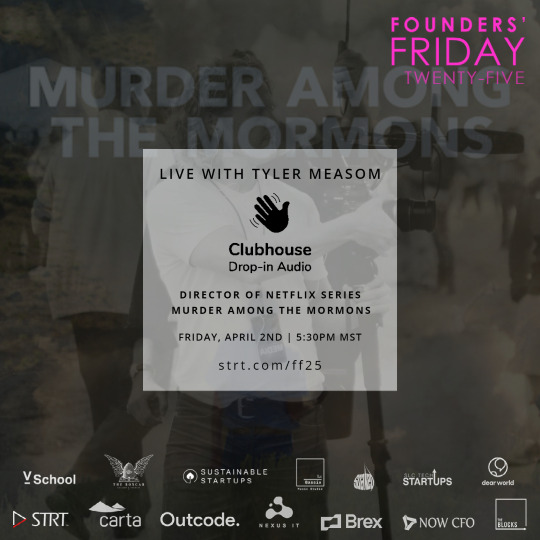
We will be on Clubhouse live with Tyler Measom one of the directors of Murder Among the Mormons.
Tyler Measom is an award-winning producer and director of non-scripted films and commercials.
Come join us on April 2nd at 5:30pm MST
RSVP to attend at - https://www.strt.com/ff25
Create The Future.
Learn more about STRT at STRT.com
#foundersfriday #STRT #STRTer #STRTerStory #news #coworking #coliving #startups #entrepreneurs #startupventures #utah #saltlakecity #creators #saltlakecitycreatives #saltlakecitystartups
0 notes
Photo
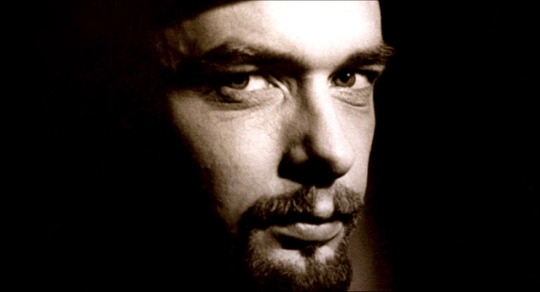
An Honest Liar (2014)
#2010s#actor james randi#dir tyler measom#dir justin weinstein#cat archival footage#cat documentary#cat biography#cat comedy#cat history#american#spanish#canadian#sepia#goatee#an honest liar
0 notes
Text
Three New Projects Approved for <b>Incentives</b>
The Film Commission is thrilled to announce the Governor's Office of Economic Development (GOED) Board approval of three new projects for Utah state film incentives, generating a combined economic impact of 1.3 million and creating 242 local jobs. Utah based documentary filmmaker Tyler Measom ...
from Google Alert - incentives http://ift.tt/2Da63uN
0 notes